Behaviourism and Teaching
Behaviourist
Teaching
Techniques
Applying Behaviourist
Methods
in the Classroom
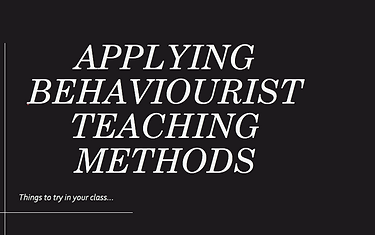

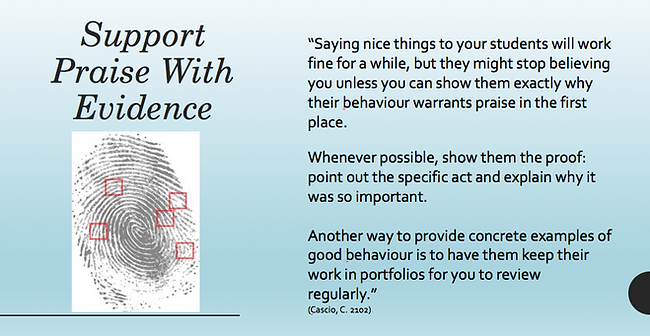
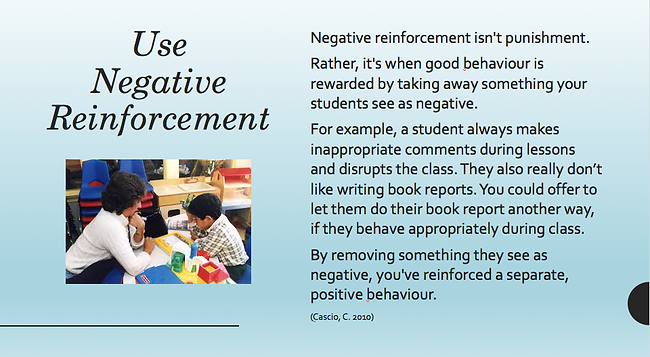
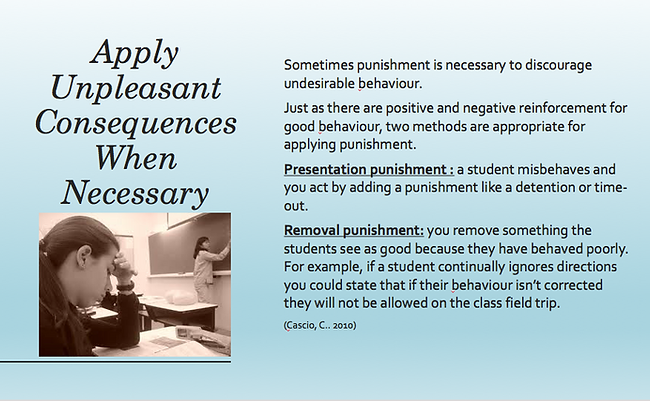
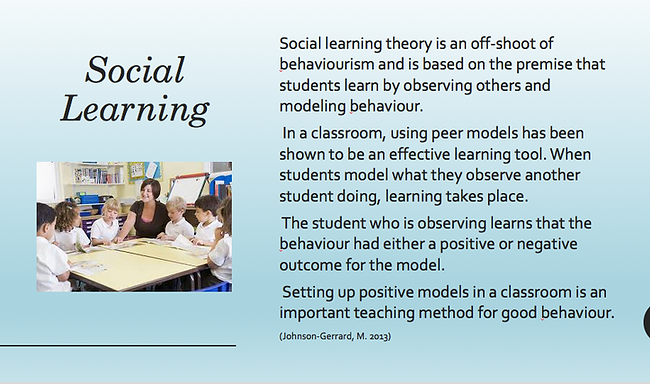
Incorporating
Behaviourism
into
Planning
Incorporate Behaviourism into Course Design
Using weighted grades for homework assignments, exams and class participation is an effective application of behaviourism.
If you assign more points for some activities than others, students are encouraged to put their efforts into the correct priorities. For example, students would know that you consider it more important to do well on a group project worth 40 percent of their grade than on quizzes worth 5 percent.
Students who budget their time properly would likely attain a higher grade.
Additionally, you should give students ongoing feedback to point out what they’re doing well and where they need improvement.
(Dowd, M. 2014)
Team Up With Other Teachers for Support
Collaborate with other teachers interested in using behaviourism to improve student performance and behaviour.
Teachers may choose to target up to five behaviours to reinforce throughout the curriculum and extracurriculars. This approach emphasizes positive reinforcement rather than discipline.
Key components of this approach include clear communication of expectations, regular routines, consistent reinforcement of targeted behaviours, social skills training and natural consequences, such as temporary loss of privileges.
(Dowd, M. 2014)
Apply Behaviourism to Lesson Planning
When writing lesson plans, identify what knowledge and skills you want students to master.
Determine how you'll evaluate performance.
Develop a system for tracking student progress.
Clearly communicate to students your academic and behavioural expectations.
Use exams and grades to encourage students to do their best work. For instance, if you suspect students aren't completing assigned readings, you could start giving quizzes to motivate students and reward those who work hard.
To control disruptive behaviour that can affect teaching and learning, praise positive behaviour, ignore mildly irritating behaviour and consistently enforce consequences for breaking rules.
(Dowd, M. 2014)



